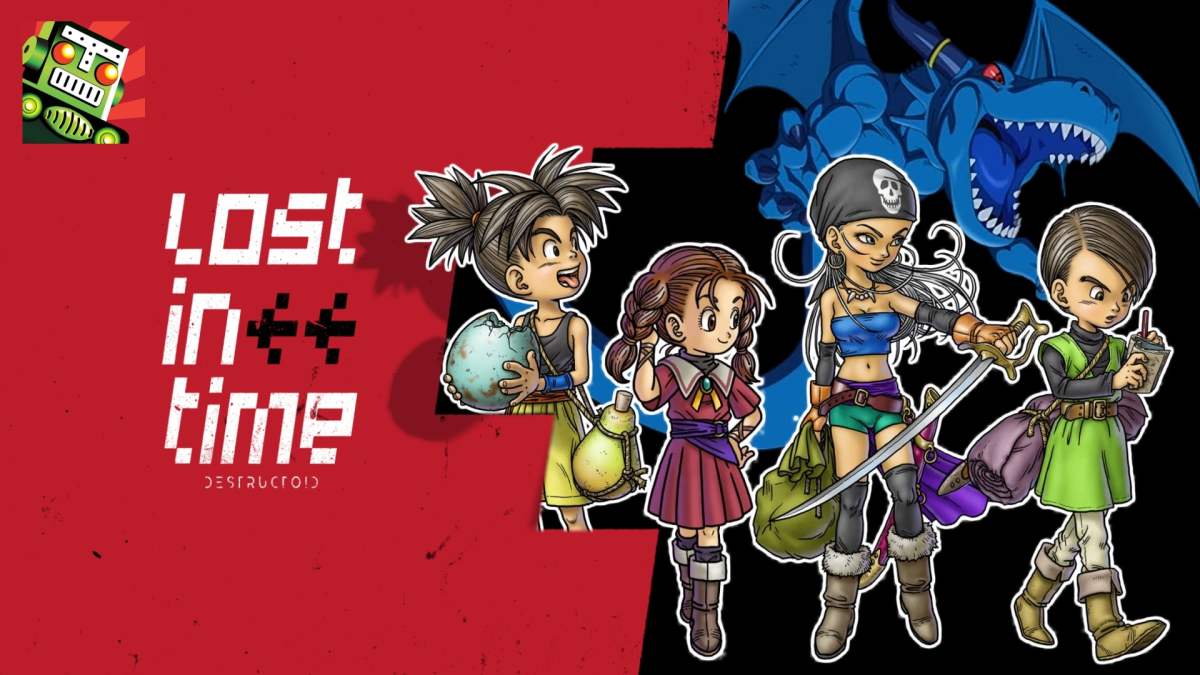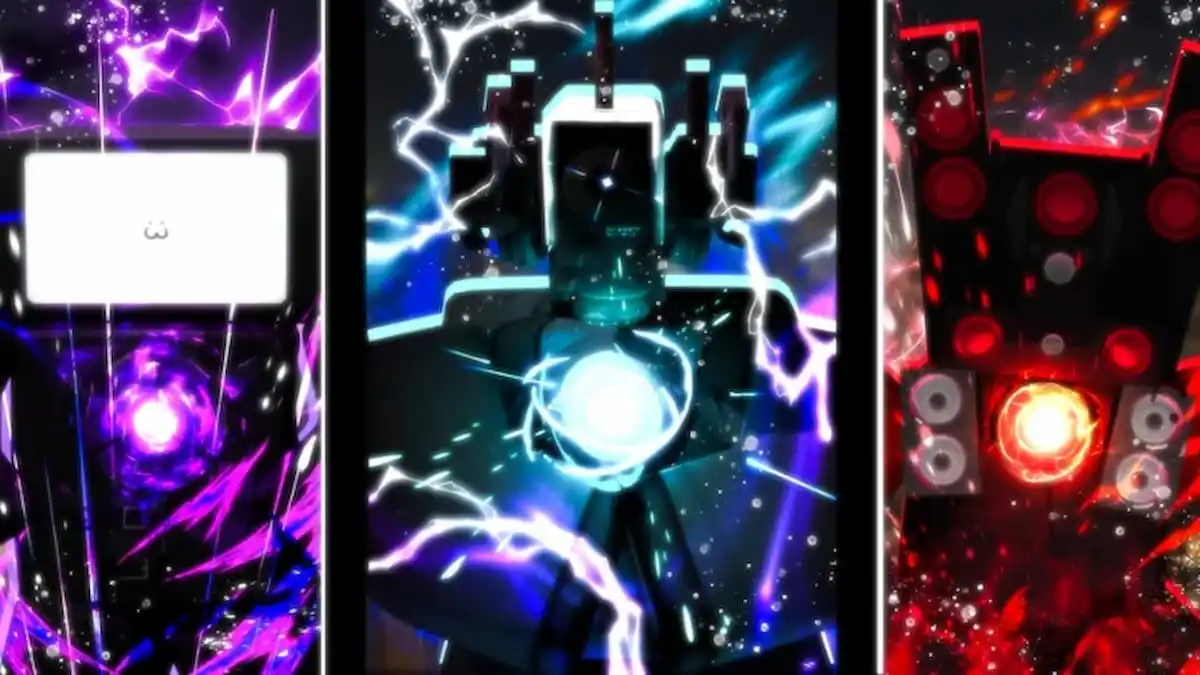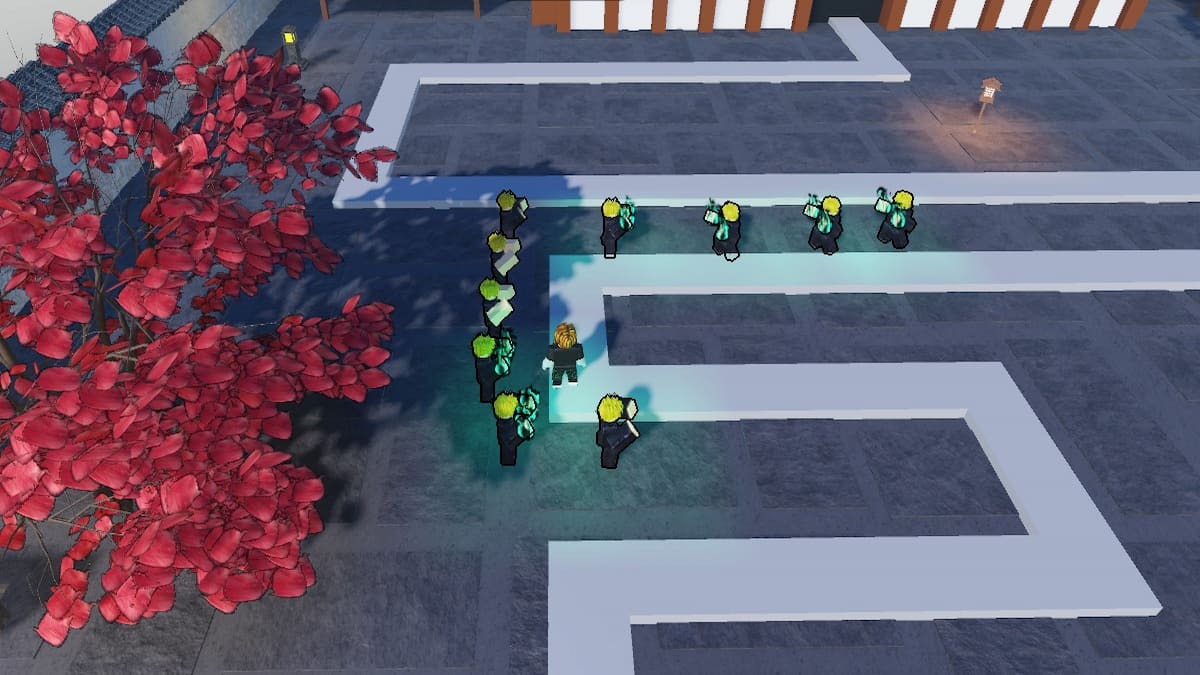In this episode of Lost in Time, The Escapist’s Colin Munch breaks down the history of the Xbox 360’s attempt to get their own Final Fantasy.
Blue Dragon: Xbox’s Failed Attempt to Win Japan – Transcript
Quick, name a modern turn-based Japanese RPG with charming characters created by the guy who invented Dragon Ball. If you said “Dragon Quest,” you’re not only wrong, you didn’t even read the title of this video! Come on, curate your feed!
Blue Dragon was released in late 2006 in Japan and in the summer of 2007 in North America and Europe, exclusively on the Xbox 360. It was planned from the beginning to correct a big gap in the original Xbox library: games that appealed to the Japanese market.
In Japan, the OG Xbox was absolutely crushed by the PlayStation 2. It sold less than 500,000 units in the country, while the PS2 topped out at an absolutely ridiculous 23.18 million consoles sold by the time it was discontinued in 2013. That’s a lot. The big wigs at Xbox HQ knew it wouldn’t be enough to have their stable of western developers make games aimed at Japan. No matter how many dorm rooms rattled with the sound of assault rifle fire from Halo Slayer matches in the west, Microsoft’s squadron of space marines, super spies, and Persian Princes just weren’t making a dent in Japan. Peter Moore, the guy in charge of the Xbox 360 at the time, told IGN in 2005 “… It’s a main priority for me in the next 12–18 months to ensure Japanese developers are our partners.” One of those developers ended up being Mistwalker, an at-the-time new studio founded by the father of Final Fantasy, Hironobu Sakaguchi. One of the key figures in Japanese game development in the 80s and 90s while working for Square, Sakaguchi not only created the Final Fantasy franchise but worked on other major projects like Kingdom Hearts and Chrono Trigger. The massive success of Sakaguchi’s projects gave him a lot of leeway with the higher-ups at Square. This allowed him to pitch his most ambitious project yet: a state-of-the-art, fully-CGI feature film called Final Fantasy: The Spirits Within. When that movie bombed at the box office, Sakaguchi stepped back from actively overseeing projects at Square and eventually left the company. Anyone would have forgiven Sakaguchi for leaving the high-stress world of AAA game development behind to chill in his big house in Hawaii, but the guy who created Final Fantasy isn’t one to sit around counting his gil. He founded Mistwalker Studios in 2004, and in doing so, Peter Moore had found one of his Japanese partners. While Sakaguchi and Mistwalker oversaw its production, much of Blue Dragon was developed by Artoon, one of the few Japanese companies with experience working on Xbox, having also made the super underrated and possible future contestant on this show, Blinx: The Time Sweeper. Blue Dragon was revealed in 2005, before most of the world even knew the Xbox 360 existed. The pedigree of the men behind the Dragon created a lot of buzz, and it seemed like Moore was on his way of accomplishing his goal of cracking the Japanese market with Xbox. So how does Blue Dragon actually play? It’s fine! If you’ve played any of the 3D Japanese RPGs since Final Fantasy VII, you know what to expect. There are lots of high-quality cutscenes stuffed with over-the-top anime dialogue delivered by characters that range from charming to super annoying. Between story beats you control a single character representing your entire party as you explore town, buy items, and talk to people. Outside the towns is an overworld of big, open, interconnected areas full of treasure chests and monsters. When you touch one of these monsters, the game switches to combat mode, where your plucky band of teenage misfits square off against colorful monsters who are more hilarious than intimidating. Like most JRPGs, the combat is where Blue Dragon deploys its big twist on the formula. Your characters are each paired with a magical “shadow” based on different animals: there’s a minotaur, a bat, a phoenix, and a saber-toothed tiger… so I guess they’re not all animals, exactly, but you get what I mean. The main character, Shu, has the titular “blue dragon.” All of these shadows possess the plucky, wiseass style that made Toriyama famous. There is a lot of capital-P personality in Blue Dragon. The shadows either directly damage enemies or boost their partner’s abilities, and work sort of like classes in other RPGs: there’s the damaging Sword Master, the tanky Guardian, the sneaky Monk. The familiarity with Final Fantasy continues, as white magic heals and black magic does damage. You can mix and match abilities to build your party how you like, which is a nice wrinkle. There’s nothing here you haven’t seen before. Even the plot is vintage Sakaguchi: the peaceful, sci-fi/fantasy world at the beginning of the game is revealed to be a post-apocalyptic wasteland, evil emerges, heroes rise, etc. etc. but that’s kind of the point. This classic, beloved formula was on the Xbox 360 and started a wave of JRPGs for the system that sneakily includes some of the better games in the whole genre, like Eternal Sonata. Reviews at the time were good, particularly in Japan with Famitsu Magazine awarding the game a nearly perfect score. Sales were healthy, too: after a strong first weekend, Blue Dragon sold over 200,000 units in Japan, eventually becoming the 4th highest-selling Xbox title in Japan. The Xbox 360 sold over 1.6 million consoles in Japan, making it Microsoft’s most successful console in the country by a mile. Moore’s plan worked. So, why doesn’t anyone talk about Blue Dragon anymore? My theory is that, in trying to make something as close to the classic, Saturday-morning-in-your-PJs feeling of 90s RPGs, Sakaguchi and his team failed to deliver anything that was truly memorable. Nothing about Blue Dragon is bad, but nothing about it is truly special, either. Later Xbox 360 titles, like Mistalkwer’s own Lost Odyssey, would push JRPG gameplay and storytelling. The year Blue Dragon was released, Sakaguchi’s old bosses at Square announced a counter: the Final Fantasy XIII Fabula Nova Crystallis project, which promised to be a massive technological leap for the genre. It signaled a commitment to technologically impressive, realistic-looking high fantasy. Blue Dragon looked quaint and dated by comparison. I also think it was a little ahead of its time, ironically. Look at the massive splash Dragon Quest 11 made in 2017. DQ11 doesn’t do anything that Blue Dragon doesn’t do. In fact, its combat is even simpler, but it’s just so well-made that its charms transcend nostalgia to deliver something that feels truly timeless. Dragon Quest 11 also came out at a time when the games industry embraced riffing on the classics. In the Xbox 360 era, video games were THE FUTURE and there wasn’t as much demand for games that looked back. If Blue Dragon had come out ten years later, would it have ridden that nostalgic wave to greater success, the way Dragon Quest 11 did? Maybe. If you’re interested in Blue Dragon now, you’re in luck. Thanks to Microsoft’s dedication to backward compatibility, you can buy and play Blue Dragon on the Xbox Series S and X or the Xbox One. I played it on the Xbox One X, and it ran flawlessly. There’s no 4k 60 option, but thanks to its strong visual style, it still looks pretty good. The graphics aren’t going to blow your face off, but the character models have this hand-crafted, stop-motion vibe I find really appealing. Blue Dragon still gets a lot of love from fans. It’s frequently mentioned as a hidden gem of the genre and the Xbox 360 library and calls for a remaster pop-up every now and then. If you think Final Fantasy is straying too far from the classic formula, or if you’re just looking to recapture that feeling of parking yourself in front of the TV on a weekend and getting sucked into a classic RPG, Blue Dragon delivers.






Published: Aug 7, 2023 03:10 pm